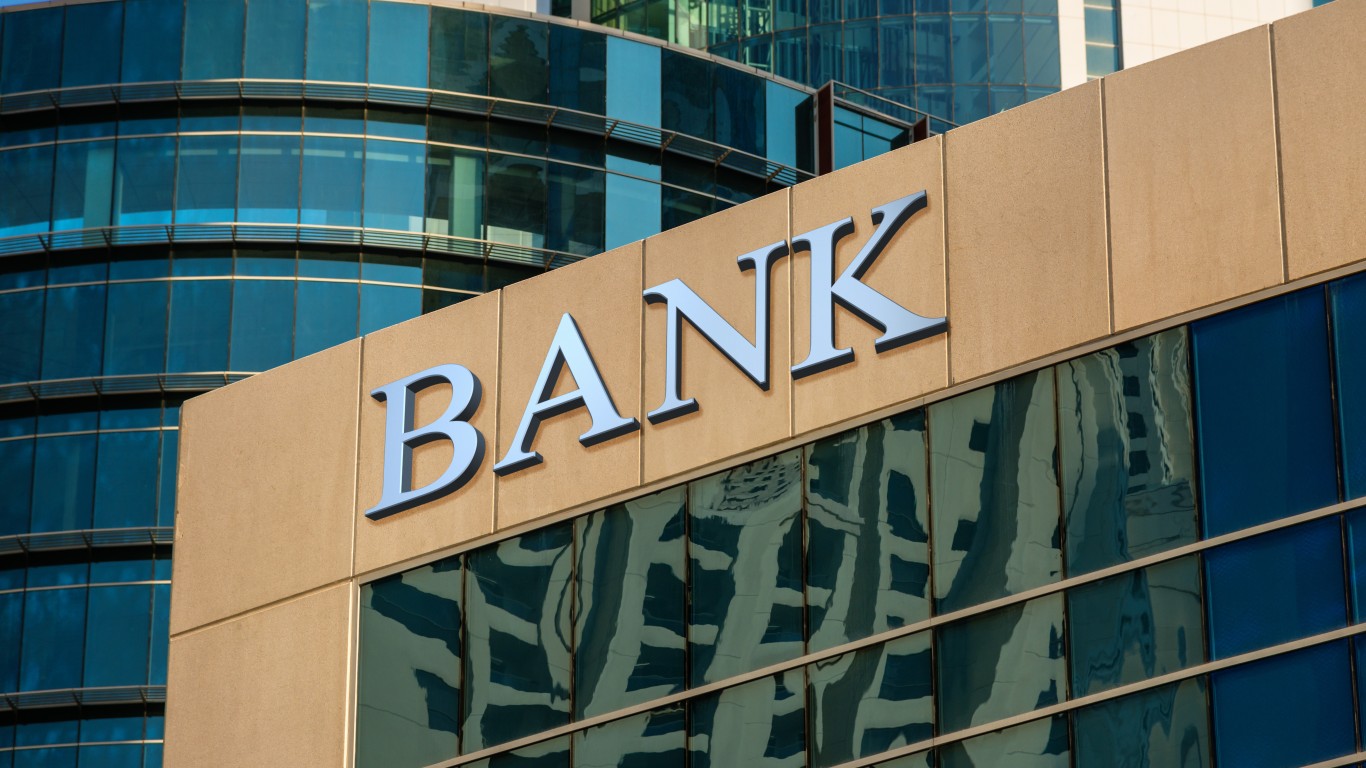
Company insiders continue to buy large amounts of the stocks of U.S. financial companies, in general, and commercial banks, in particular, data compiled by Fintel shows. The information likely bodes well for the performances of the American financial sector, the U.S. economy, and American stocks going forward.
In May, I reported that “insiders were busy buying up their individual bank shares during the week that ended on May 12.” More recent data shows that the trend is continuing.
Those buys come as banking industry indexes continue to lag the broader market. Over the last month, the S&P 500 Index has added 4.3%. In the same time, the SPDR S&P Regional Banking ETF (US:KRE) has only added 1.6% while the more-inclusive SPDR S&P Bank ETF (US:KBE) is up 2.6%.
Positive Insider Buying Ratios
In recent weeks, the insider sell/buy ratios for financials have been quite bullish. For the weeks of June 28, June 21, and June 14, the sector’s sell/buy ratios were 0.41, 0.41, and 0.38, respectively.
Similarly, the insider sell-buy ratio for commercial banks as of the end of June was a bullish 0.4. For depository institutions, the insider sell-buy ratio was a slightly more upbeat 0.35, while the ratio was about 0.25 for saving institutions, representing an even more upbeat reading.
What Financial Sector Insiders are Buying
Over the 90 days that ended on July 3, insiders bought $258 million of the shares of New Peoples Bankshares (US:NWPP), and during the same period insiders bought $15 million of Finance of America Companies (US:FOA). Another financial name that was purchased by insiders was Peoples Financial Corp (US:PFBX), as they acquired $264,000 of the company’s stock.
Insiders also obtained $1.03 million of BCB Bancorp’s (US:BCBP) shares and $161,000 of PB Bankshares’ (US:PBBK) stock. Moreover, insiders bought $711,000 of First National Corp (US:FXNC) and $427,000 of First Internet Bancorp (US:INBK).
Bank Profits, the Economy and Stocks
In April, The New York Times correctly noted that “Banks’ financial results are closely followed for what they say about the health of the wider economy. ” Indeed, many economists argue that the availability of credit is one of the most important, if not the most important, metrics that determine the economy’s fate. That’s why interest rates are viewed as being able to greatly influence the economy’s direction.
And most banks make the lion’s share of their profits by providing loans at much higher interest rates than they pay. Therefore, the fact that insiders are buying significant amounts of their banks’ stocks suggests that these institutions are making many profitable loans. And these loans, in turn, will increase the amount of credit within the economy, leaving GDP well-positioned to continue to expand rapidly.
Additionally, of course, most stocks perform much better when the economy is growing quickly than when it is expanding at an anemic rate or even contracting.
Moreover, when many companies and consumers are struggling, banks tend to make fewer loans because the chances of loan recipients defaulting are generally elevated in such conditions. And when banks make fewer loans, their profits tend to drop.
Further, the opposite is true as well, as banks tend to make more loans and are consequently more profitable when most businesses and consumers are succeeding from a financial standpoint.
As a result, if we assume that banks’ insiders are buying their institutions’ stocks because they’re confident that their banks’ profits will rise going forward, the transactions bode well for the outlook of both the country and its stocks.
This article originally appeared on Fintel
Thank you for reading! Have some feedback for us?
Contact the 24/7 Wall St. editorial team.





